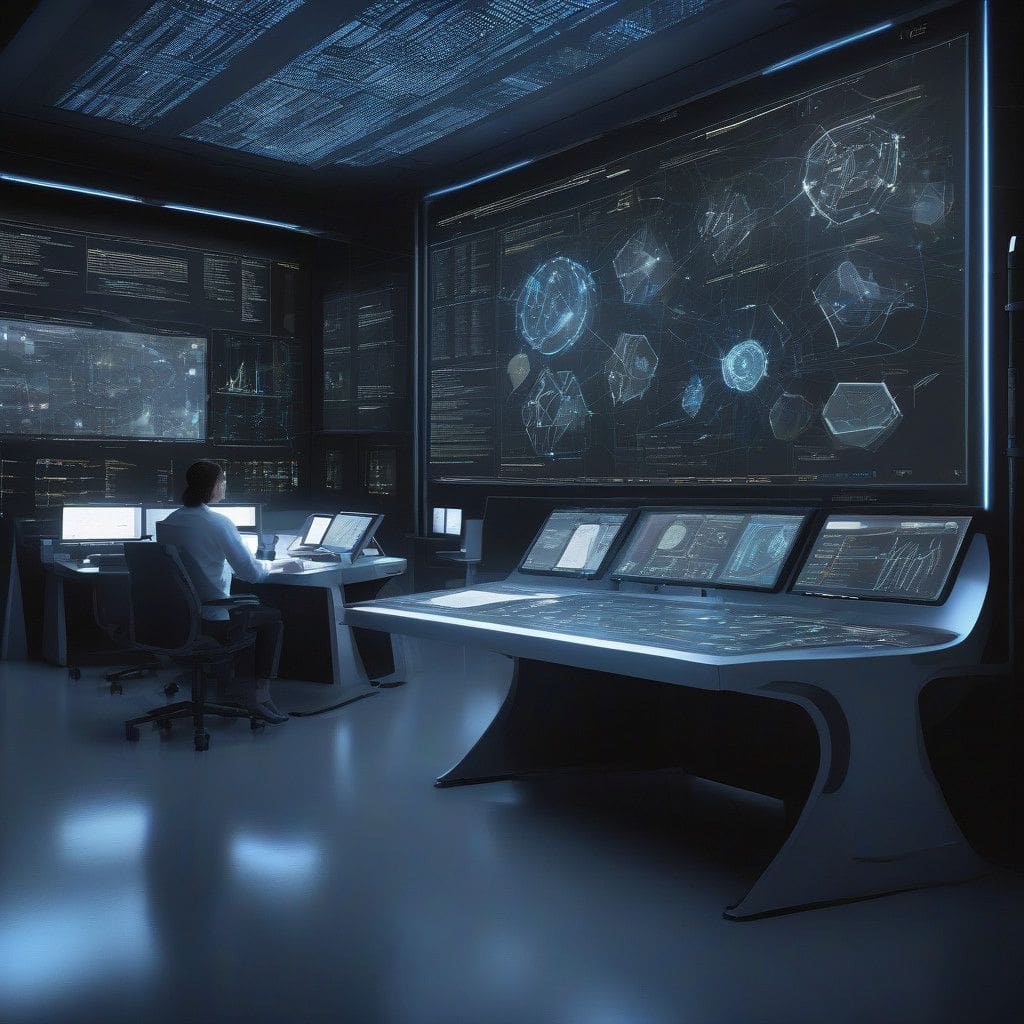In the intricate realm of particle physics, one essential goal remains to understand the fundamental components of our universe. At the heart of this endeavor is the DIRC (Detection of Internally Reflected Cherenkov light) detector, which serves as a powerful means to identify the variety of particles generated during high-energy collisions. As the field pushes forward, significant strides have been made in DIRC technology, primarily due to the efforts of individuals like Dr. Greg Kalicy, an Associate Professor at the Catholic University of America. Leading the charge in advancing DIRC detectors, Dr. Kalicy coordinates an international effort to develop the next-generation high-performance DIRC (hpDIRC) detector, a critical component for the Electron-Ion Collider (EIC) experiment.
The EIC aims to probe the fundamental structure of matter by exploring the interactions between electrons and ions. One of the noteworthy features of DIRC detectors is their ability to capture and analyze Cherenkov light emitted by charged particles as they move through a medium faster than the speed of light within that medium. This phenomenon occurs when particles, traversing quartz bars, emit faint light that is internally reflected and directed through sophisticated optics to imaging arrays of pixelated photodetectors.
The original concept of DIRC was pioneered in the BaBar experiment at the Stanford Linear Accelerator Center (SLAC), but the ongoing challenge is to improve its performance and efficiency. High-energy experiments produce millions of particles in every collision, necessitating an accurate identification method for electrons, protons, pions, kaons, and various subatomic particles. The need for precision has never been greater, and it is here that advancements in hpDIRC technology come into play.
The hpDIRC detector is a significant evolution from its BaBar predecessor, driven by 13 years of rigorous research and development. Dr. Kalicy and Dr. Jochan Schwiening from GSI collaborated with multiple institutions, addressing fundamental questions regarding possible enhancements. Their goal was bold: can we double the performance of the existing DIRC technology? To answer this question, they redesigned key components, such as optical systems, sensors, and electronics.
One of their ground-breaking innovations is the development of a unique three-layer lens system designed to focus Cherenkov light with high precision. Early collaborations with the PANDA Barrel DIRC group revealed the critical requirement for advanced optics. The challenge of preventing photon loss while maintaining accurate light focus led to the adoption of high-refractive-index materials such as crown glass or sapphire, layered between quartz. This innovative three-layer lens design eliminates photon loss, significantly boosting the accuracy of incident light representation.
The timing precision of the hpDIRC detector is another remarkable attribute, necessitating a readout chain faster than 100 picoseconds (ps). This level of accuracy equates to being able to measure time intervals a billion times shorter than a blink of an eye. In particle identification, such precision is essential for distinguishing similar-looking particles, such as kaons and pions, both pivotal in studying the strong nuclear force. Through meticulous processes, the hpDIRC can achieve what was previously thought impossible, offering scientists unparalleled clarity.
The journey to realize the hpDIRC’s full potential comprises extensive simulations, prototyping, and rigorous testing. Dr. Roman Dzhygadlo, with his software development expertise, has played a critical role in optimizing designs through precise simulations that evaluate the performance of the detector’s components. Dr. Kalicy has overseen the establishment of specialized testing setups, including a laser-based system that accurately simulates the lens environment within the detector, affirming that the component meets the stringent requirements for the EIC.
As the teams moved forward, collaborative testing campaigns with the PANDA Barrel DIRC group demonstrated that hpDIRC achieves the performance levels anticipated. Their confidence surged when the project advanced to its final phase: integration as one of the core technologies for the ePIC detector, entailing the creation of a full system prototype. The team is currently focused on two major hardware projects vital for hpDIRC’s readiness.
One is the development of a full system prototype designed to recreate conditions resembling those at the EIC, using a ‘Cosmic Ray Telescope’ to analyze naturally occurring cosmic muons. The second priority involves repurposing legacy quartz bars from the BaBar DIRC detector, potentially saving $15 million for the EIC. After years in storage at SLAC, these bars were relocated to Jefferson Lab, where they are being meticulously disassembled, tested, and prepped to meet the hpDIRC’s prerequisites.
As the hpDIRC project approaches completion, anticipation builds for the next phase of innovation: the eXtreme-performance DIRC (xpDIRC). By integrating next-generation components and novel geometries, the xpDIRC aspires to elevate particle identification standards even further, equipping future accelerators with the best possible technology.
The evolution of DIRC technology from the BaBar experiment to the hpDIRC illustrates the spirit of scientific progress and innovation in modern particle physics. Dr. Kalicy and his dedicated team have not only enhanced the existing capabilities but also paved the way for new discoveries in particle identification. As researchers prepare for the EIC and other ambitious projects on the horizon, the advancements in DIRC technology stand as a beacon of potential, promising to revolutionize our understanding of the universe.












